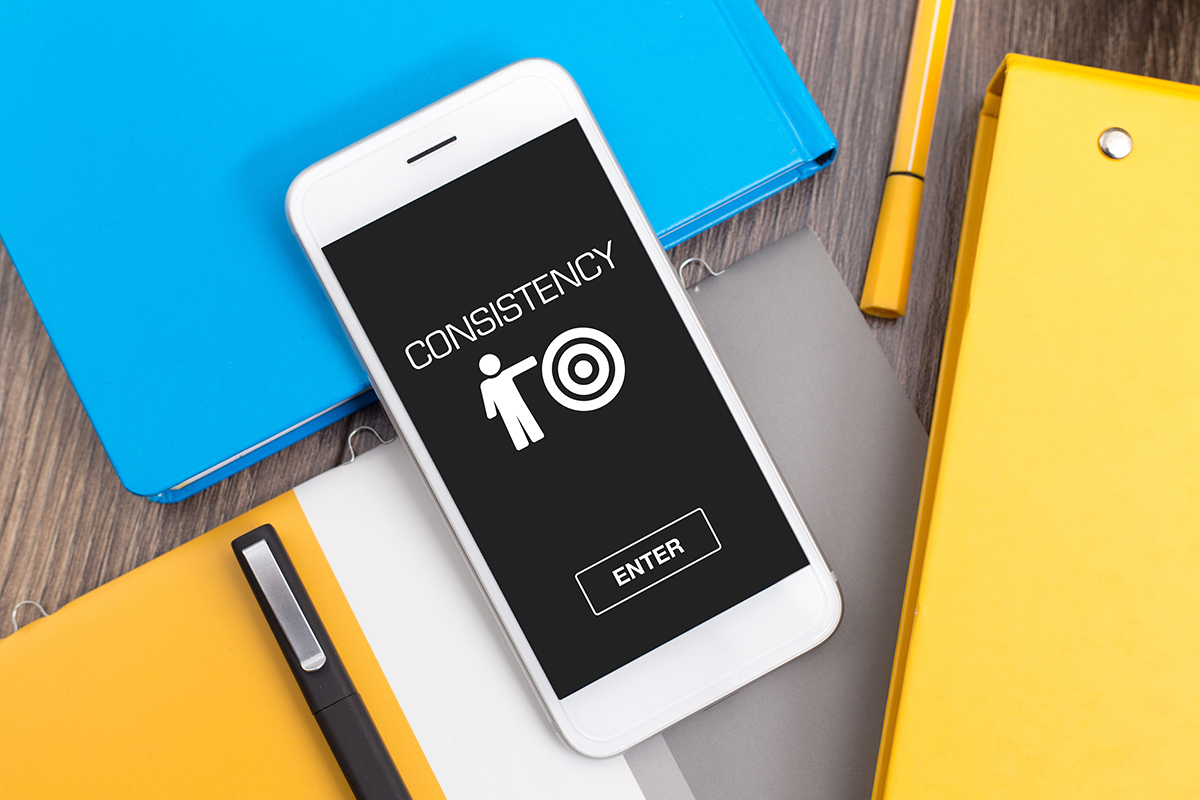
How big is your splash?
Remember those cannonball contests from your childhood? You know, the ones where you would see who could make the biggest splash? You would test things like the jump formation, the speed at which you ran beforehand… sometimes, the competition would be so fierce you would wish you had a ruler just to measure the exact height of the splash because eyeballing it just wasn’t enough. Well, I think to some degree, running a digital ad campaign can be a lot like a biggest splash contest. Although the components of every campaign might be the same, the question is, how creatively are you able to stand out from the rest to make the biggest splash in your industry’s landscape? Simply put, it’s about how easily you can create or add value and solve for the needs of the user.
Let’s start with some numbers. Did you know, in one day, the average person spends 13 hours and 35 minutes in front of a screen? Furthermore, in the United States alone, 79% of the time spent viewing digital media is on a mobile device? What if I told you the average American is estimated to see between 4,000 and 10,000 ads per day. However, the average human’s attention span is around 8 seconds and rapidly decreasing at a rate of 88% per year, so if the numbers add up, statistically, I should have lost nearly all of you by now… But if you’re still with me, hear me out.

Ensuring brand alignment
Ultimately, the goal of every business initiative is to maximize ROI. And although the fast answer to meeting that goal as a marketer may be to consistently run short-term lead gen sprints, how do you know if the leads you are generating in each campaign will be loyal enough to come back for more of your content and impact your ROI in the long term? Do you have a plan for how you will continue solving for their needs after the brief campaign? How can you ensure they will actually return?
As marketers, our job is to not only think outside the box to provide value in the short term but also find a way to connect all the dots of our individual campaigns into one overarching brand strategy – so how do you do that? You consistently play into customer expectations.
If you repeatedly write witty content, the audience you develop will continue to seek out your brand specifically for your witty humor. On the contrary, if you are focused on delivering more formal, scientific data-based content, your followers will seek out your brand for this sort of content. So then, if you suddenly decide to run a campaign out of left field with a witty spin to it, your audience will be left confused, or even annoyed, and you will lose your credibility. The key here is while each campaign can have a theme of its own, it needs to also speak to the overarching message and voice of your brand to continue to tell your brand’s unique, individual story.

Create seamlessness
People like predictability. Similar to using a consistent voice that speaks to your brand in every campaign you run, the user experience of each campaign should be seamless as well. Not only does your campaign need to solve for a direct consumer pain, but each asset within the campaign needs to speak to each other. If your ad speaks to one thing, and your landing page tells an entirely different story, the odds of conversion will be small because your viewers will be confused! What they were expecting is not what they received. Remember that 8-second attention span I talked about earlier? We don’t have time for confusion here, folks.
Furthermore, when reviewing your campaign content, you need to ask yourself, “How easily can someone complete the goal of this campaign once they click through the ad? Is the call to action easy to accomplish or easily “actionable” once your audience lands on the landing page, or do they have to scroll to find it?” If you want me to download your eBook, how easy will it be for me to get that eBook once I get there? Are you asking for my entire life story in the form or will you just be asking for my name and email to say, “Hi! Here’s an eBook, and I hope you like it. Let’s keep in touch.” Don’t offer a little to your audience and expect a lot in return. You get what you give. Just like you wouldn’t give your life story to a stranger you don’t know or trust, you can’t expect your users to give you all their information if they barely know you or haven’t really engaged with your brand thus far. Similarly, don’t be surprised if they use what appears to be a personal email at first – that shouldn’t necessarily be a disqualifier if the emails aren’t bouncing. It just means you may need to work harder to continue to develop the relationship and build trust with them.

Measuring your quality
Finally, arguably the most important piece to every campaign is your ability to analyze your performance – to not only understand what went right or wrong, but to understand why that happened so you can improve in the future. If you are seeing high click throughs on your ads but low conversions on your landing page – was the CTA buried in a way that made it hard to find? Was your form too long? Your reporting should be able to tell a holistic story of the UX of the campaign.
So then, prior to launching your campaign, are you able to map a specific KPI to each step of the user’s journey? Can you see metrics not only for your ads but also what happens after they click and come to the landing page? Furthermore, what is the ultimate takeaway? Did you add value and meet the user’s needs through your campaign? Is the audience you generated willing to keep engaging with your brand? Can you measure the quality of your content based on the results of your campaign? As any cannonball champion can attest – you don’t necessarily need a springboard to execute a great cannonball. But sometimes, it helps.
These are just some of the things we look for when we launch and analyze campaigns here at The Odigo Group. In fact, in the first six weeks of a campaign we ran for a Global ISV in the HR market, our content performed with a conversion rate that was 3.38x higher than the industry average for a cost per lead that was a mere 19% of industry average. Here at Odigo, we strive to make every splash count. So, how exactly are you making a splash in your industry? Dive into digital marketing and content creation with us today.
